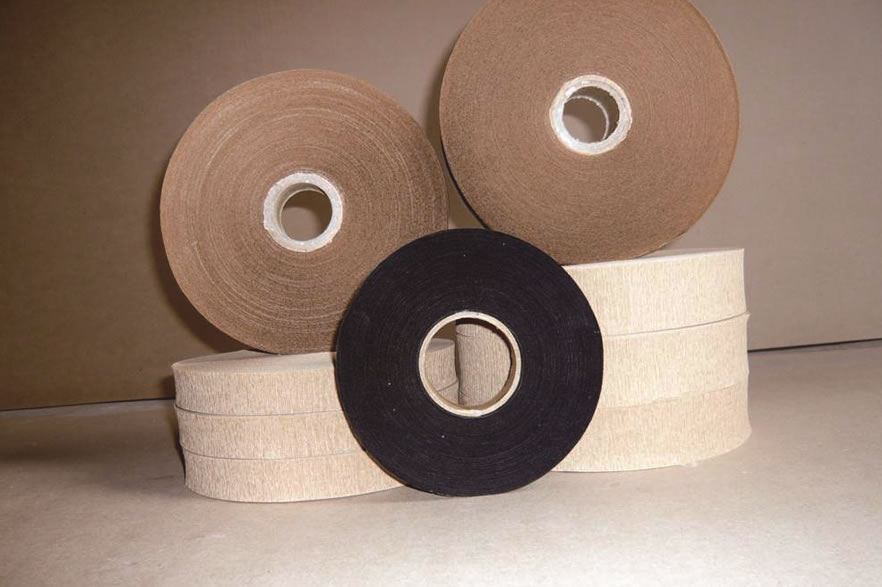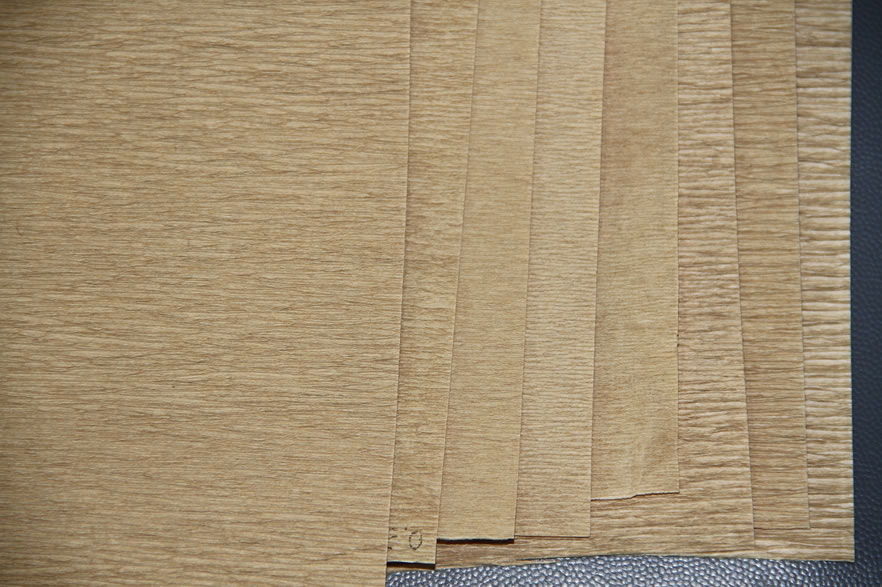I. Overview of Crepe Paper Crepe paper, also known as cable paper or transformer crepe insulation paper, is a type o...
Crepe paper, also known as cable paper or transformer crepe insulation paper, is a type of kraft paper processed through a special creping treatment. This creping process significantly enhances its mechanical strength, elongation, and flexibility compared with ordinary flat insulation paper.

Key Features:
High Elongation: After creping, the paper can be stretched significantly along the crepe direction (elongation rate can reach over 20%), allowing it to wrap tightly around irregularly shaped conductors without tearing.
Excellent Flexibility and Conformability: Easy to wind and wrap, it adheres perfectly to conductors, leads, and corners of complex structures, eliminating sharp burrs and ensuring uniform electric field distribution.
High Mechanical Strength: With good tensile strength and toughness, it can withstand the mechanical stresses during transformer manufacturing and the electromagnetic vibrations during operation.
Outstanding Electrical Properties: Similar to ordinary insulation paper, it has high dielectric strength, low dielectric loss, and high insulation resistance.
Oil Affinity: Fully compatible with transformer oil, it can be quickly impregnated to form a reliable oil-paper composite insulation system.

Crepe paper is mainly used for internal insulation of windings in oil-immersed power transformers, serving as an indispensable part of the insulation system.
Main Application Areas:
Turn Insulation for Conductors:
Magnet Wire Wrapping: Directly wrapped around rectangular (flat copper) conductors as turn-to-turn insulation. This is its most classic and primary application. The high elongation of crepe paper ensures tight, seamless wrapping without damage.
Transposed Conductor Insulation: Crepe paper is often wrapped around transposed conductors, providing strand-to-strand and external insulation.
Lead and Connection Wire Insulation:
Applied to leads connecting transformer windings, and terminal connections at bushings. These parts are irregularly shaped with sharp corners, making crepe paper ideal for multi-layer wrapping to provide primary insulation and mechanical protection.
End Insulation and Corner Filling:
At winding ends, step transitions, and other areas with concentrated electric fields, crepe paper is used for filling and wrapping to smooth the electric field and prevent partial discharge.
Electrostatic Shield Wrapping:
In some shielding structures, crepe paper can serve as a base layer for copper tape or metallized paper, providing insulation when wrapped externally.
Electrical Insulation: Provides turn-to-turn, layer-to-layer, and ground insulation.
Mechanical Protection: Protects the conductor enamel layer, buffers mechanical stress, and reduces wear from vibration.
Improved Electric Field Distribution: By tightly wrapping conductors, it eliminates sharp edges where electric fields concentrate, serving as a key measure for suppressing partial discharge (PD).
Oil Channel Formation: The fine grooves formed naturally after wrapping create uniform oil ducts, allowing transformer oil to fully penetrate and form an efficient oil-paper composite insulation.
| Application Part | Main Function | Selection Guidelines |
|---|---|---|
| Conductor Wrapping (Round/Flat Wire) | Provides electrical insulation and mechanical protection for conductors, preventing short circuits | Use thin crepe paper (0.05–0.10 mm); requires softness, tight wrapping, crack resistance, good oil absorption, and fold endurance |
| Interlayer Insulation of Windings | Increases insulation distance between layers, enhances dielectric strength | Use medium thickness (0.08–0.15 mm); requires high dielectric strength, good ductility, close adhesion to conductor surface to reduce air gaps and partial discharge |
| End and Clamping Pad Insulation | Acts as a pad, providing electrical insulation and mechanical cushioning | Use thicker crepe paper (0.15–0.25 mm); ensures mechanical strength and toughness, avoids damage from vibration or pressure during operation |
| Oil Duct Formation | Crepe structure facilitates oil penetration, improving insulation and heat dissipation | Select crepe paper with uniform creases and strong oil absorption; ensures full impregnation after oil filling, enhancing cooling and insulation stability |
| Filling and Separation | Used for gap filling and isolation between windings, cores, and insulation parts | Select appropriate thickness based on gap size; ensures softness, good conformity, and long-term dielectric stability |
If you are interested in our products,, please send us a message and we will contact you as soon as we receive it. Email: info@ztaero.com whatsApp: +8616650273778